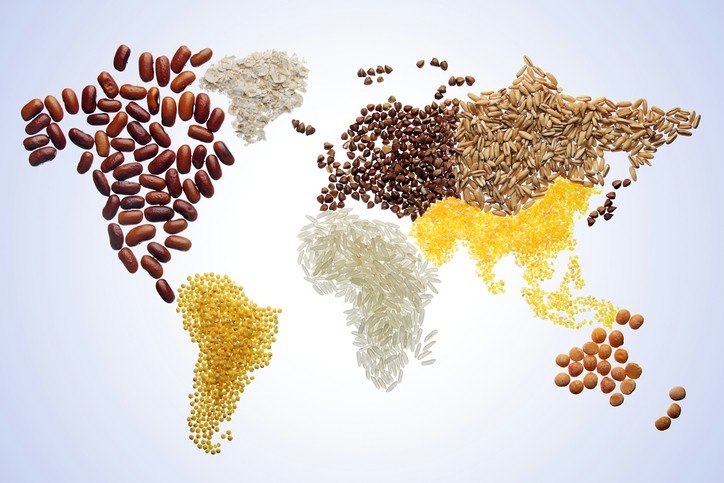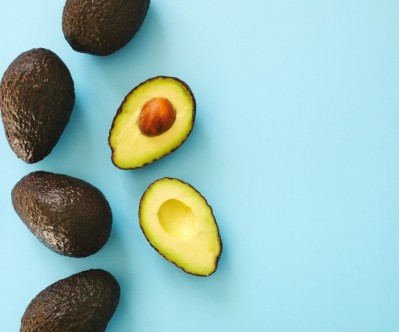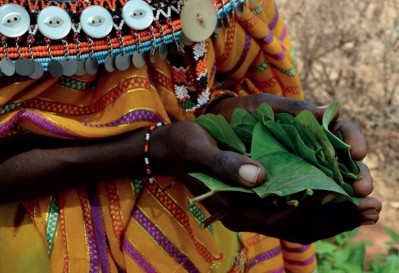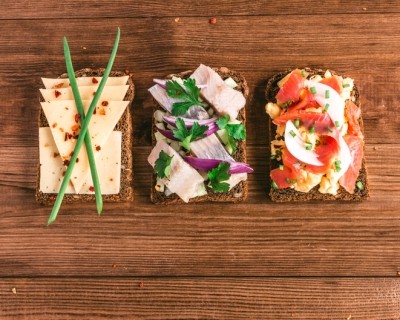FAO's global food snapshot: Record sugar production, trade spat instability & higher food bills

The FAO's Food Outlook, published today and available for download here, reviews market trends for the world's major food commodities, including cereals, fish, meat, dairy, sugar and vegetable oils.
World sugar production is forecast to rise 11.1% this year, reaching a record level of 187.6 million tonnes.
Decreases in sugar production in Brazil and Australia should be offset by increases in India, the EU, Thailand and China, the report said, creating the largest sugar surplus in recorded history as production will surpass global consumption “by a large margin”.
This excess in supply is despite the fact that world sugar consumption is on the rise, a long-term trend being fuelled by increases in developing countries due to low prices, more availability and increased economic performance. FAO forecasts world sugar intake to be “particularly marked” in Africa, Asia and South America.
Although sugar prices have been steadily falling since mid-2017, rising international crude oil prices will indirectly prop up sugar prices as the crop is used to make ethanol for biofuel instead of sugar for food.
Trade dispute uncertainty
Meanwhile, the report authors point to “complex trends” in the oilcrops sector, where international prices of oilseeds and oilmeals are rising even though the price of vegetable oils is falling.
The rise in recent trade disputes also causes instability, it added. “In the past few weeks, the evolving trade dispute between the United States and China introduced considerable uncertainty into the market.
"While it remains to be seen how trade measures implemented by the two countries will affect markets for oilseeds and oilseed products, China’s pending introduction of retaliatory tariffs on soybean imports from the US triggered a plunge in world soybean and soymeal prices, with strong spillover effects across the oilcrops complex.”
Although food markets are “relatively stable” due to good supply conditions, bad weather events mean they remain vulnerable to shocks, the report added.
Paying more for less food
The world food import bill has broadly tripled since 2000 to reach $1.43 trillion last year but for countries that are the most vulnerable to food shortages, it has risen around fivefold.
According to Adam Prakash, a FAO economist and study co-author, the data “directly implies that countries are paying more for less quantities of food, and is a cause for concern for economically disadvantaged countries required to meet their food consumption needs from international markets”.
Tropical fruit on the rise
The report also points out growing opportunities for what it calls ‘minor tropical fruits” such as guava, jackfruit, longan, lychee, durian, rambutan, passion fruit and mangosteen.
All of these fruit are principally grown in Asia (with the exception of passion fruit which is mostly grown in Brazil), and global output value of these tropical fruits was estimated to be around $20 billion (€17bn) in 2017.
Only 10% is currently exported, however, and most of these exports goes to neighbouring countries.
According to FAO economist and report contributor Sabine Altendorf, there is therefore “ample commercial potential” to export to developed countries, where wholesale prices are robust.
“Higher health consciousness among Western consumers and the growing awareness of the nutritional benefits of minor tropical fruits are adding to demand for these fruits in developed markets,” she writes, also pointing to jackfruit's rising popularity as a meat substitute.
“Retailers in the US and EU have started to routinely stock a growing array of minor tropical fruits, most importantly the better known fruits such as lychee, guava and passion fruit."
However, galvanizing that opportunity will take innovation in reducing perishability, stabilising supply and prices and complying with phyto-sanitary certification requirements.
A lack of consumer awareness, high unit prices and increasing concerns about ‘food miles’ could pose further obstacles to a wider international marketplace, Altendorf warns.








